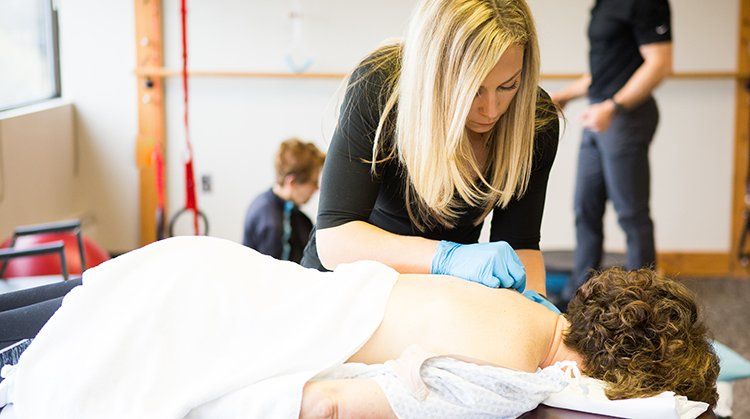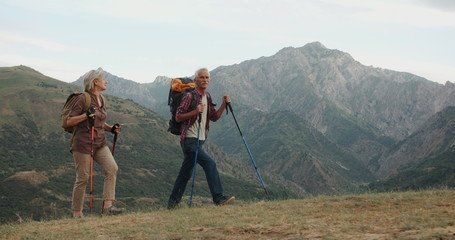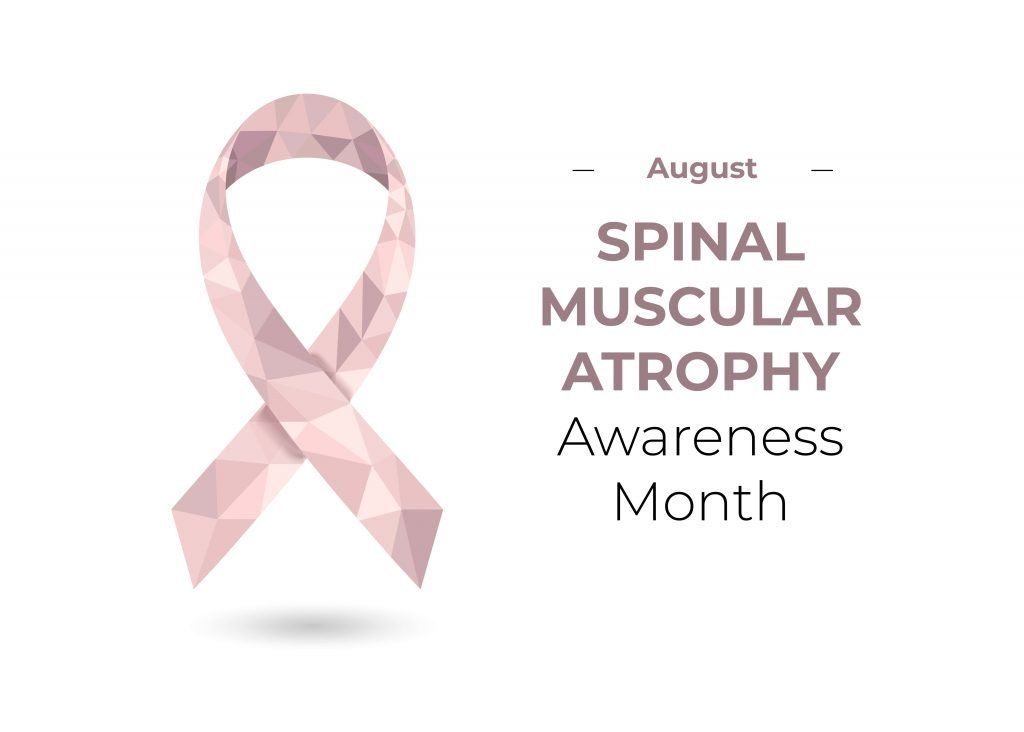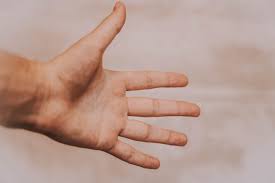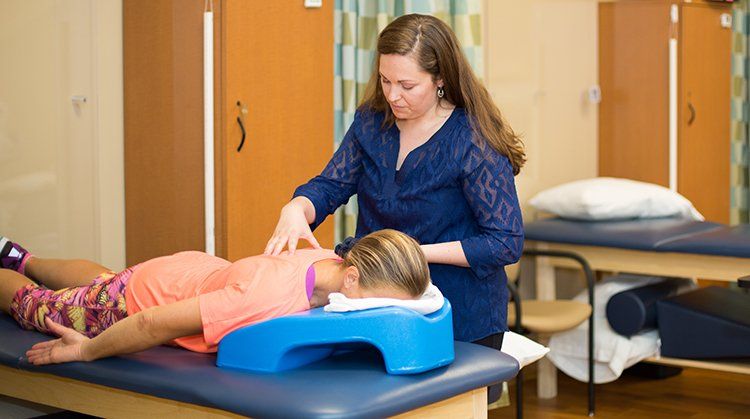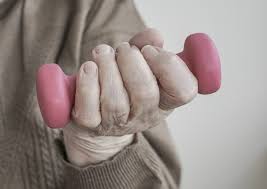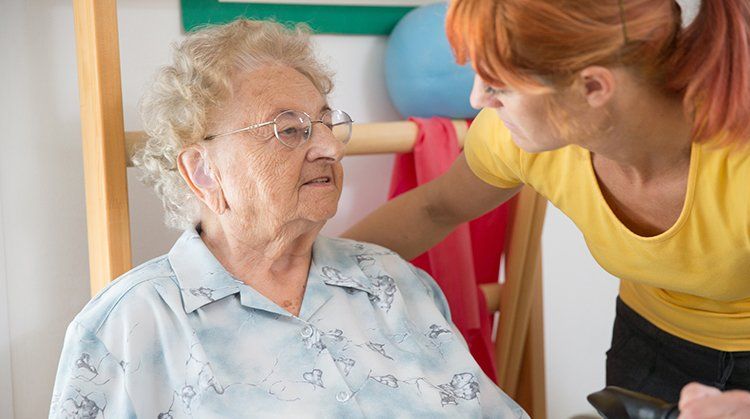Physical Therapy Guide to Alzheimer's Disease
Alzheimer’s disease is a condition that damages brain cells. About 10% of Americans aged over 65 years — around 5.6 million people — have Alzheimer's disease. There are also around 200,000 people who are diagnosed with the disease before age 65. The disease causes memory loss and other problems. People with Alzheimer's disease may have difficulty performing simple tasks. Physical therapists work with families to help people with Alzheimer's disease keep moving safely and living their best lives.
What Is Alzheimer's Disease?
Alzheimer's disease is a progressive condition. It damages brain cells and affects how we speak, think, move, and deal with other people. It can lead to a decline in memory and the ability to perform daily activities.
Alzheimer's disease is the fifth leading cause of death among American adults aged over 65 years.
The risk of getting Alzheimer's disease increases with age. People rarely develop the disease before age 60. Most people with the disease do not have a family history of it.
CAUTION: One of the major symptoms of Alzheimer's disease is confusion. However, there are several other possible causes of confusion.
If confusion comes on suddenly, see a doctor or a neurologist immediately.
If confusion occurs or gets worse after a fall or a head injury, call 911.
Signs and Symptoms
There are 10 warning signs of possible Alzheimer's disease:
Memory changes that disrupt daily life.
Difficulty making decisions, especially in planning or solving problems.
Difficulty completing familiar tasks.
Confusion about time and/or place.
Trouble understanding visual images or the way things fit together (spatial relationships).
Finding the right words to say when speaking or writing.
Misplacing items and losing the ability to retrace your steps.
Poor or decreased judgment about safety.
Withdrawal from work or social activities.
Changes in mood or personality.
People with Alzheimer's disease may get lost in once-familiar places. In the later stages of the disease, they might get restless and wander. Often, this restlessness happens in the late afternoon and evening (called "sundowning"). They may withdraw from their family and friends or see or hear things that are not there. They may falsely believe that others are lying, cheating, or trying to harm them.
Along with these "cognitive" symptoms, performing simple tasks may become difficult in the later stages. Ultimately, they may need help eating, bathing, toileting, and dressing. People with Alzheimer’s disease are usually able to walk until the very last stage of the disease. They might, however, lose strength and balance, which can lead to an increased risk of falls.
How Is It Diagnosed?
The exact cause of Alzheimer's disease remains unknown. It is likely due to many factors that make diagnosis difficult. There is no single test for Alzheimer’s disease. Health care providers who are trained to work with older people may notice the early signs. It may take days or weeks for the medical team to complete a set of tests to make a diagnosis.
Researchers are getting closer to making a diagnosis by using brain imaging. Scans that may help with diagnosis include a CT scan, an MRI, a PET scan, or ultrasound. These tests can show abnormal brain structure or function. Mental-function tests and other tests also may be used.
Physical therapists may recognize early signs or symptoms of the disease. If a physical therapist suspects Alzheimer’s disease, he or she will make a referral to a specialist.
How Can a Physical Therapist Help?
Physical Therapy for Patients With Alzheimer's Disease
Physical therapists are in a great position to help people age well. Research shows that:
Physical activity can improve brain function and memory. This is true for healthy older adults or for those with mild cognitive problems.
Regular exercise may delay the onset of Alzheimer's disease in healthy older adults.
Regular exercise may delay a decline in the ability to perform tasks in people who have Alzheimer's disease by improving their strength, balance, and walking ability.
Physical therapists are movement experts. They design exercise programs for people with a variety of health conditions, including Alzheimer's disease. They can play a key role in preventing decline.
In the early and middle stages of Alzheimer's disease, physical therapists help people stay mobile. With this help, people can continue to perform their roles at home and in the community.
In the later stages of the disease, physical therapists can help people keep doing daily activities for as long as possible. This reduces the burden on family members and caregivers. They can instruct caregivers and family on how to improve safety and manage their loved one’s needs. Through a home assessment, physical therapists can help make the home safer. Physical therapy can help improve quality of life and may delay the need for facility-based care.
People with Alzheimer's disease develop other conditions related to aging. These can include arthritis, falling, or broken bones. Physical therapists pay close attention to how the disease can affect these other health conditions.
Physical therapists are trained to use a variety of teaching methods, techniques, and unique approaches to treating people with Alzheimer’s disease, including:
Sight, sound and touch cues. The physical therapist may use sight cues, such as raising both arms to get a person to stand up. Verbal cues are short, simple, spoken instructions. Touch cues might include taking someone's hand to get them to walk.
Mirroring. The physical therapist serves as a "mirror" to show an individual how to move. For example, to help the person raise his or her right arm, the physical therapist would raise his or her left arm.
Task breakdown. Physical therapists can break down tasks into short, simple step-by-step "pieces." This technique can be used, for example, to teach a person how to safely move from lying in bed to sitting in a chair.
Hand-over-hand guidance. The physical therapist takes the patient’s hand or touches another body part to guide them through a motion.
Muscle training. To help someone walk safely, the physical therapist can train a person’s muscles to "learn" to respond to changes like uneven or unstable surfaces.
Training Family Members and Caregivers
Family members may need instruction on how to safely move, lift, or transfer someone with Alzheimer's disease. Physical therapists can instruct caregivers on how to prevent injury to themselves and to the person with the disease. In addition to hands-on care, physical therapists teach people how to use equipment and assistive devices. Individuals may learn how to use equipment such as:
Special seating.
Canes.
Long-handled reaching tools (reachers).
www.choosept.com
, the official consumer Website of the American Physical Therapy Association,© 2017
